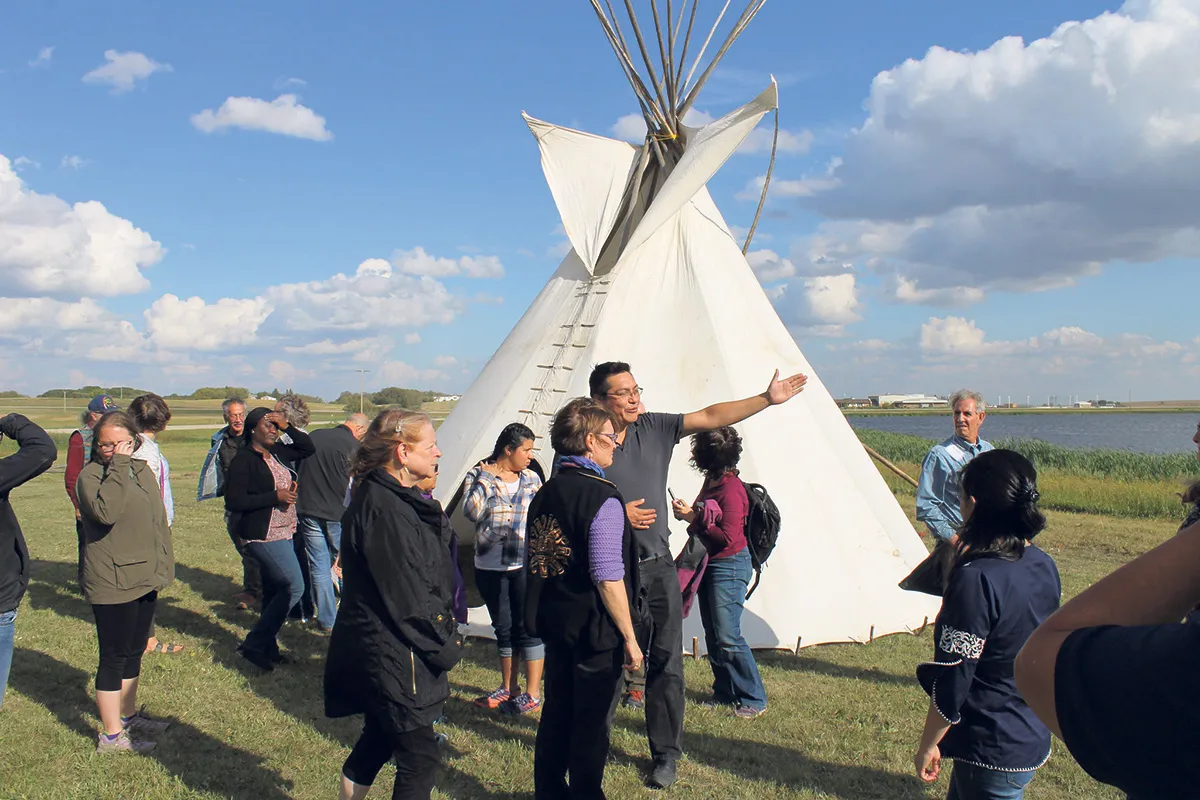
Conservation, learning, reconciliation
Community engagement, including with First Nations partners, is bringing together a wide range of stakeholders for conservation efforts. Examples are the Muskeg Lake Cree Nation in Saskatchewan and community members involved in the Átl’ka7tsem/Howe Sound UNESCO Biosphere Region.
Redberry Lake is about 100 kilometres northwest of Saskatoon, where Maureen Reed is a professor in the University of Saskatchewan’s School of Environment and Sustainability and UNESCO co-chair in Biocultural Diversity, Sustainability, Reconciliation and Renewal.
“The Redberry Lake Biosphere Reserve was designated in 2000, and for the first decade, leaders had little connection with local First Nations,” she says. “This changed with that first meeting, and the partnership has been expanding ever since.”
Fast-forward to 2021 and the establishment of Canada’s most recent biosphere region in the Howe Sound, B.C., which came on the heels of an extensive engagement process with First Nations and community partners, which Dr. Reed sees as “an example of conservation and sustainability leaders collaborating with Indigenous people and community stakeholders.”
“In UNESCO-designated biosphere regions, people work to support biodiversity conservation, sustainable development, learning and, in Canada, reconciliation,” she says. “Our 19 biosphere regions in Canada are considered models for sustainable development.”
Societal shifts take time and require a concerted effort from all involved, and Dr. Reed welcomes a growing focus on community-engaged scholarship and transdisciplinarity. “Scientists have long been seen as leaders in producing knowledge, but there is more and more recognition about the value of drawing on the knowledge of local and Indigenous people, who live and work in communities and landscapes,” she says. “We have to break down barriers and work together more effectively.”
The inclusion of the voices of community members has long been central to Dr. Reed’s research, which focuses on “the social dimensions of sustainability” – that is, how people, processes and institutions come together to tackle common challenges.
“Sustainability is about reconciling people and the planet,” she says. “To be successful in our transition towards sustainability, we have to address the worries, hopes, concerns and limitations that people see in that transition.”
To continue reading the article click on the following link: https://www.theglobeandmail.com/life/adv/article-conservation-learning-reconciliation/
